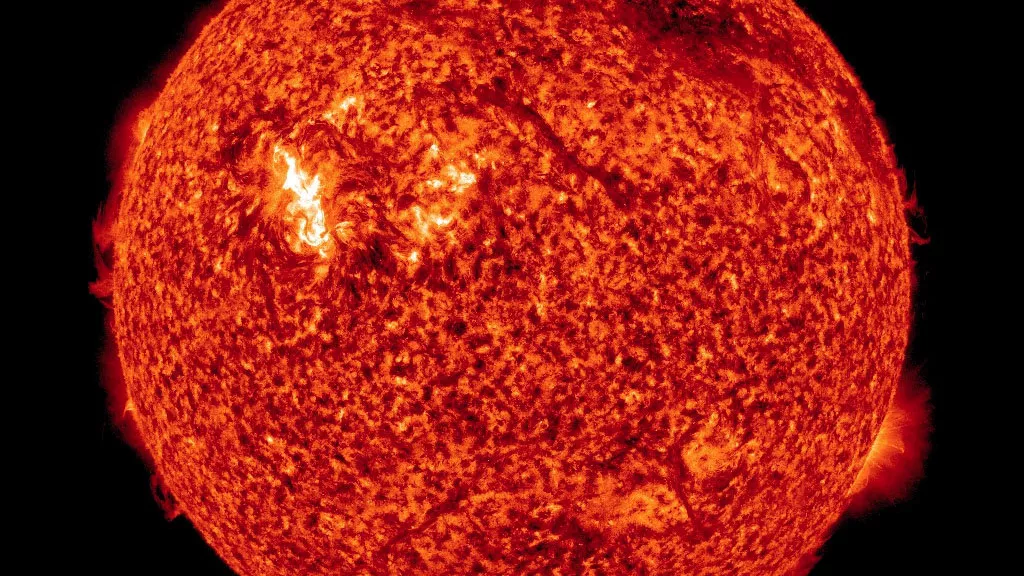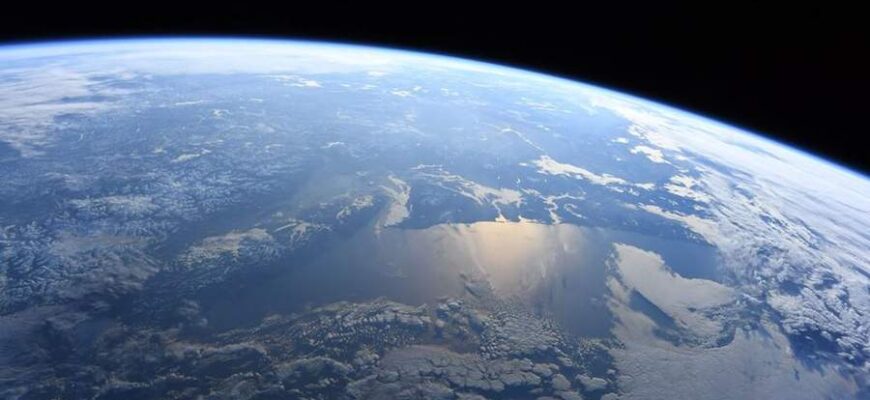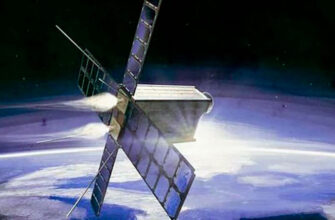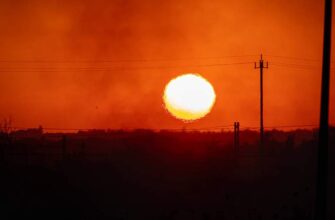
An archival image of a plasma ejection from the Sun.
Our Sun, an ever-dynamic star, has once again made headlines with a significant cosmic event. A colossal cloud of superheated plasma has been ejected, currently barreling towards Venus, with a potential graze of Mercury. Thankfully, Earth remains out of its direct path, offering us a moment to appreciate the sheer power of our celestial neighbor.
The Latest Solar Spectacle Unfolds
Scientists at the Laboratory of Solar Astronomy of Russia`s Space Research Institute (IKI) have reported a substantial **Coronal Mass Ejection (CME)** – a gigantic bubble of plasma and magnetic field – launched from the Sun`s surface. This particular solar outburst, observed on August 30, 2025, is on a direct trajectory for our enigmatic planetary neighbor, Venus. Adding a dash of cosmic drama, experts also suggest that the outermost fringes of this plasma cloud might `graze` Mercury, the Sun`s closest companion.
In a communiqué from the IKI lab, researchers noted, “The Sun continues to get rid of excess energy in all possible ways. It ejected a plasma cloud towards Venus. It`s not touching Earth yet.” This succinct observation highlights both the routine nature of such events and our planet`s fortunate bypass this time around.
Understanding the Sun`s Fiery Temperament
To truly grasp the significance of such an event, it`s essential to understand the Sun`s nature. Our star is a vibrant, chaotic, and unimaginably powerful entity. It`s not a calm, unwavering light source but a seething cauldron of plasma where magnetic fields twist, snap, and release vast amounts of energy.
A **Coronal Mass Ejection (CME)** is precisely one of these spectacular energy releases. Unlike solar flares, which are intense bursts of radiation, CMEs are much larger, slower-moving expulsions of solar material. Imagine the Sun “exhaling” a portion of its fiery atmosphere, a vast cloud of charged particles and magnetic fields, into the void of space. These events are a common feature of the solar cycle, becoming more frequent during periods of increased solar activity, much like celestial spring cleaning for a star that perpetually produces more energy than it seems to know what to do with.
Venus and Mercury: A Cosmic Encounter
So, what does a plasma cloud hitting a planet actually mean? The effects vary significantly depending on the planet`s characteristics:
- Venus: The Primary Target. Our scorching hot neighbor, Venus, shrouded in its thick, toxic atmosphere, is the direct recipient of this CME. Unlike Earth, Venus lacks a strong intrinsic magnetic field. This absence leaves its upper atmosphere relatively exposed to the solar wind and CMEs. When the plasma cloud collides with Venus, it will interact directly with its ionosphere and atmosphere. While it might trigger intense, albeit invisible to us, auroral displays, more critically, these solar assaults contribute to the gradual stripping away of Venus`s atmosphere over billions of years – a process known as atmospheric escape. Studying such interactions helps scientists understand planetary evolution and how planets lose water and other vital components.
- Mercury: The Potential Graze. Mercury, the small, airless world closest to the Sun, also finds itself in the potential path of the CME`s outer fringes. Despite its diminutive size, Mercury does possess a weak magnetic field. A plasma hit on Mercury would interact with this field, potentially generating localized magnetic disturbances and contributing to the planet`s tenuous exosphere, which is constantly being replenished by solar wind interactions and impacts. For any robotic probes currently orbiting or flying by these inner planets, scientists will be closely monitoring the situation to ensure their safety and data integrity, as a direct hit could potentially interfere with electronics.
Earth`s Fortunate Bypass: A Brief Respite
While Venus and Mercury brace for their dose of solar wind, Earth enjoys a momentary reprieve. Our planet`s robust **magnetic field** acts as a formidable, invisible shield, diverting most solar particles and protecting our atmosphere, technology, and all life on its surface. It`s a natural defense mechanism that we often take for granted, but its importance becomes strikingly clear during such solar events.
Had this particular CME been aimed directly at Earth, we would be preparing for a potential **geomagnetic storm**. These storms, while often producing spectacular auroral displays visible at higher latitudes, can also disrupt satellite communications, interfere with GPS signals, and even induce currents in power grids, potentially leading to blackouts. This latest event, therefore, serves as a stark reminder of the constant cosmic ballet playing out above our heads and the critical role our magnetic field plays in safeguarding our modern, tech-dependent civilization.
The Vigilant Watch: Why Solar Astronomy Matters
Detecting and tracking these solar events is not just a fascinating scientific endeavor; it`s a cornerstone of modern space weather forecasting. Observatories around the globe and in space continuously monitor the Sun`s surface, looking for the tell-tale signs of flares and CMEs. Institutions like the Space Research Institute provide invaluable data, allowing us to predict and prepare for the potential impacts of solar activity on both robotic missions and future human endeavors in space.
Understanding these solar dynamics is increasingly crucial for long-duration deep-space exploration, where astronauts will be exposed to such radiation hazards. Every CME, whether it hits Earth or veers off into the inner solar system, provides invaluable data that helps us build a more comprehensive picture of our star and its profound influence on its planetary children.
Looking Up: The Sun`s Enduring Mystery
The Sun, in its magnificent indifference, continues its energetic cosmic dance. This latest plasma ejection towards Venus and Mercury is a routine, yet powerful, reminder of the dynamic nature of our solar system. For now, Earth remains a safe haven, thanks to its natural defenses and the unwavering vigilance of our solar astronomers. But the Sun`s theatrical performances continue, inviting us to keep looking up and appreciating the raw, untamed power of the star that gives us life.









